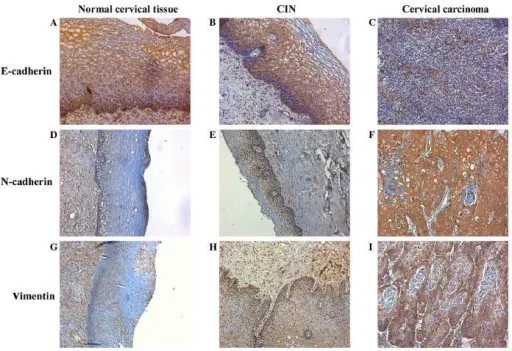Cervical carcinoma is a type of cancer that occurs in the cells of the cervix — the lower part of the uterus that connects to the vagina.
What is the Pathology of Cervical Carcinoma?
The pathology of cervical carcinoma is:
-Etiology: The cause of cervical carcinoma is long-lasting infection with certain types of human papillomavirus HPV.
-Genes involved: MED1, ERBB3, CASP8, HLA-A, and TGFBR2.
-Pathogenesis: The sequence of events that lead to cervical carcinoma are proliferation of malignant cells.
-Morphology: The morphology associated with cervical carcinoma shows ulcerating, exophytic mucosa of cervix.
-Histology: The histology associated with cervical carcinoma shows tumor cells with non keratinizing cytoplasm, vascular lesions.
How does Cervical Carcinoma Present?
Patients with cervical carcinoma typically females most frequently in between the ages of 35 and 44, but rarely develops at 20s. The symptoms, features, and clinical findings associated with cervical carcinoma include bleeding between periods and after intercourse, discomfort during intercourse, pelvic pain, and vaginal discharge.
How is Cervical Carcinoma Diagnosed?
Cervical carcinoma is diagnosed by colposcopy, pap test, DNA test for HPV, and biopsy.
How is Cervical Carcinoma Treated?
Cervical carcinoma is treated by surgery, chemotherapy, and radiation therapy
What is the Prognosis of Cervical Carcinoma?
The prognosis of cervical carcinoma is good but depends on stages of the cancer. the 5-year survival rates for stage 1 are: >90%, stage 2: 60-80%, stage 3: 50%, stage 4: <30%.



